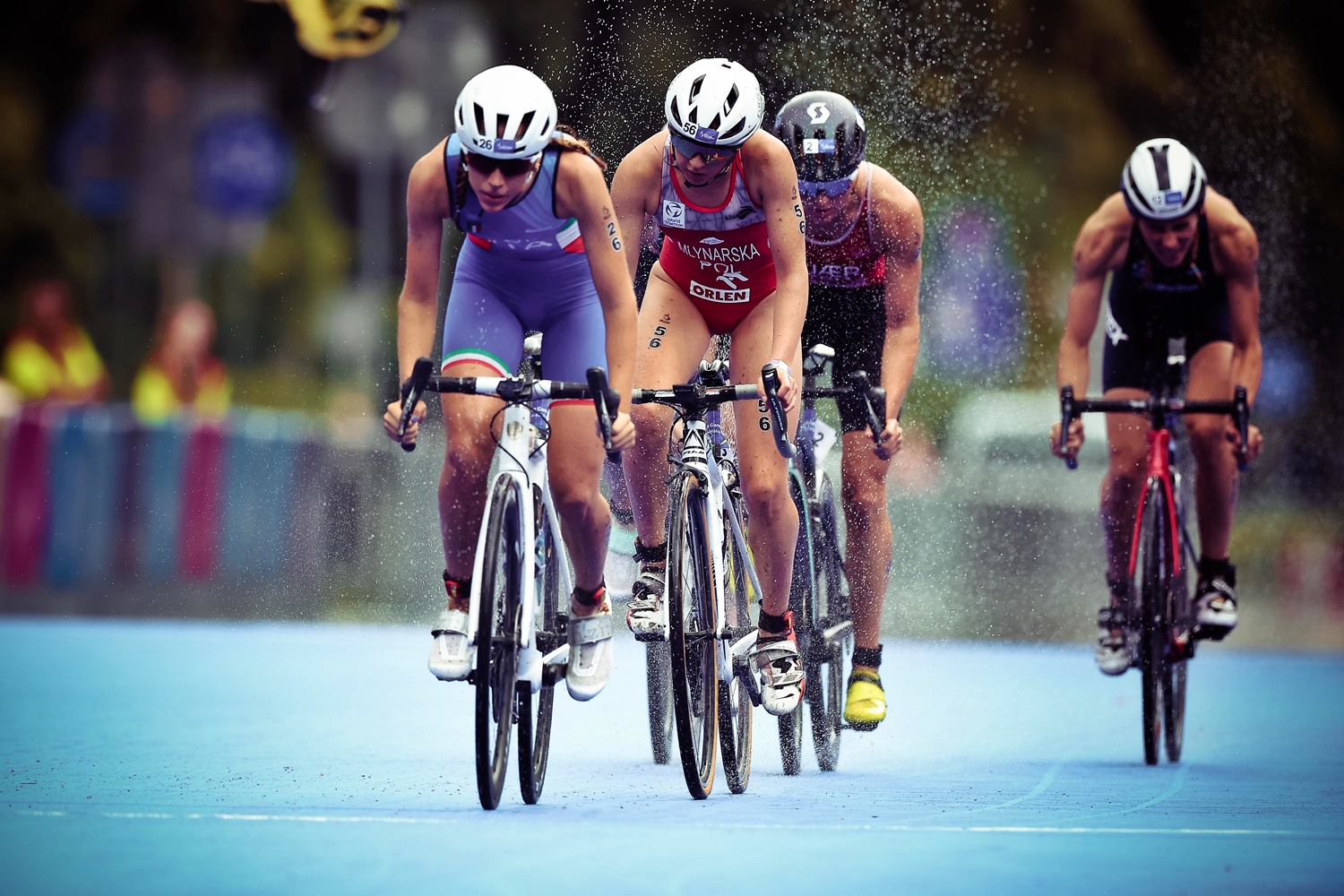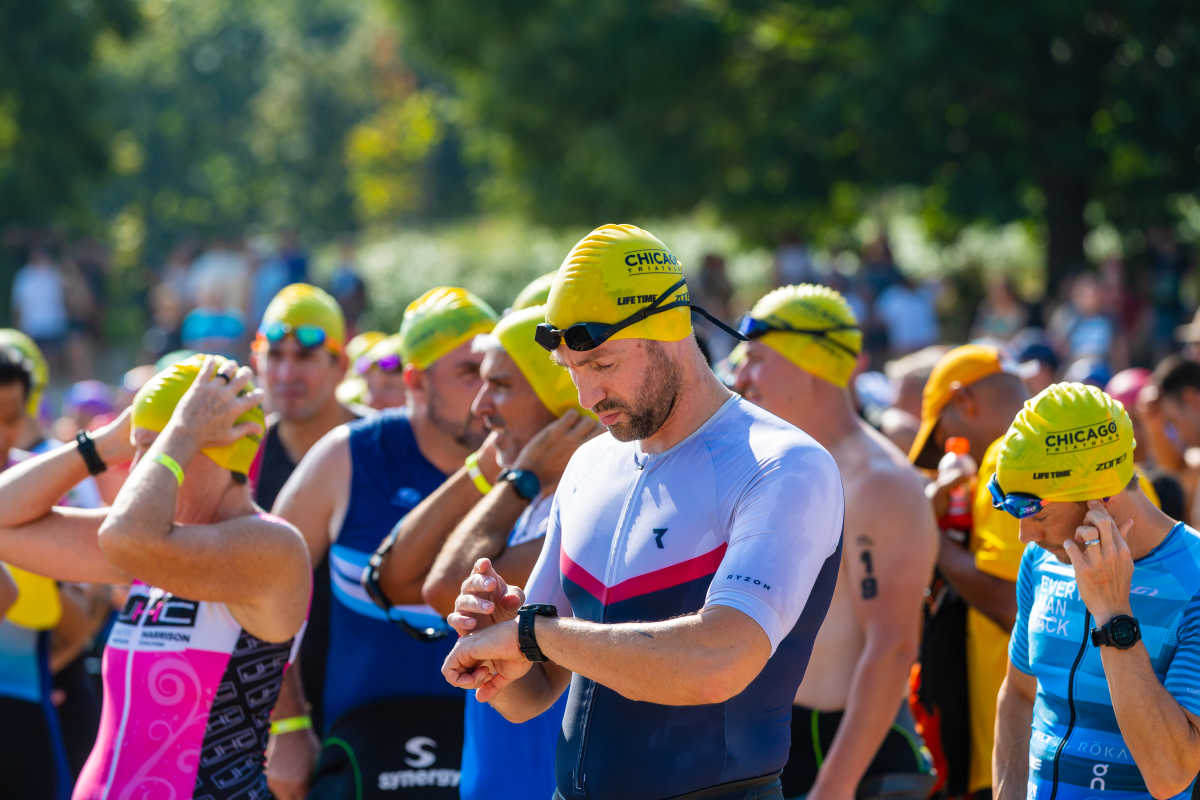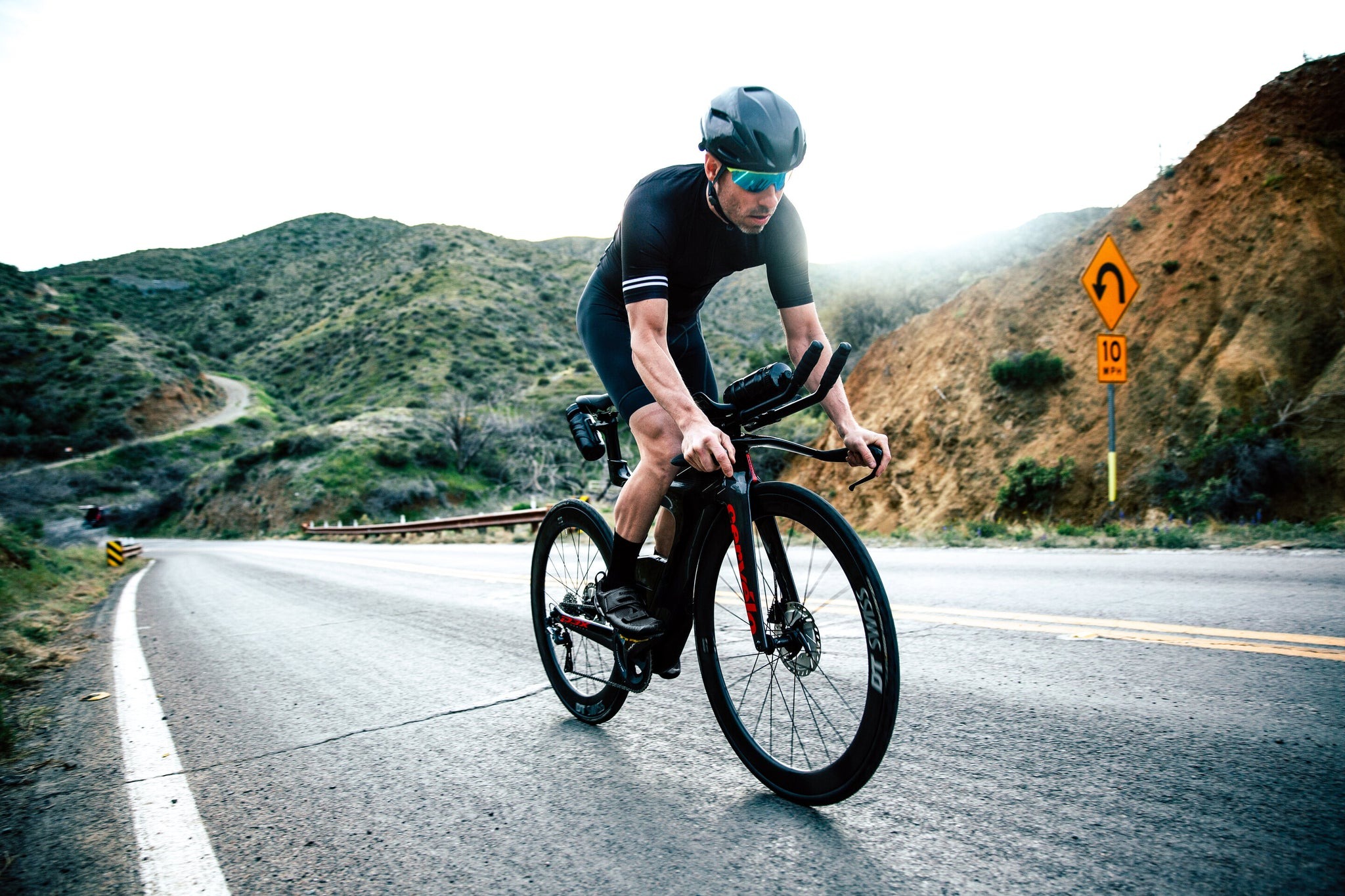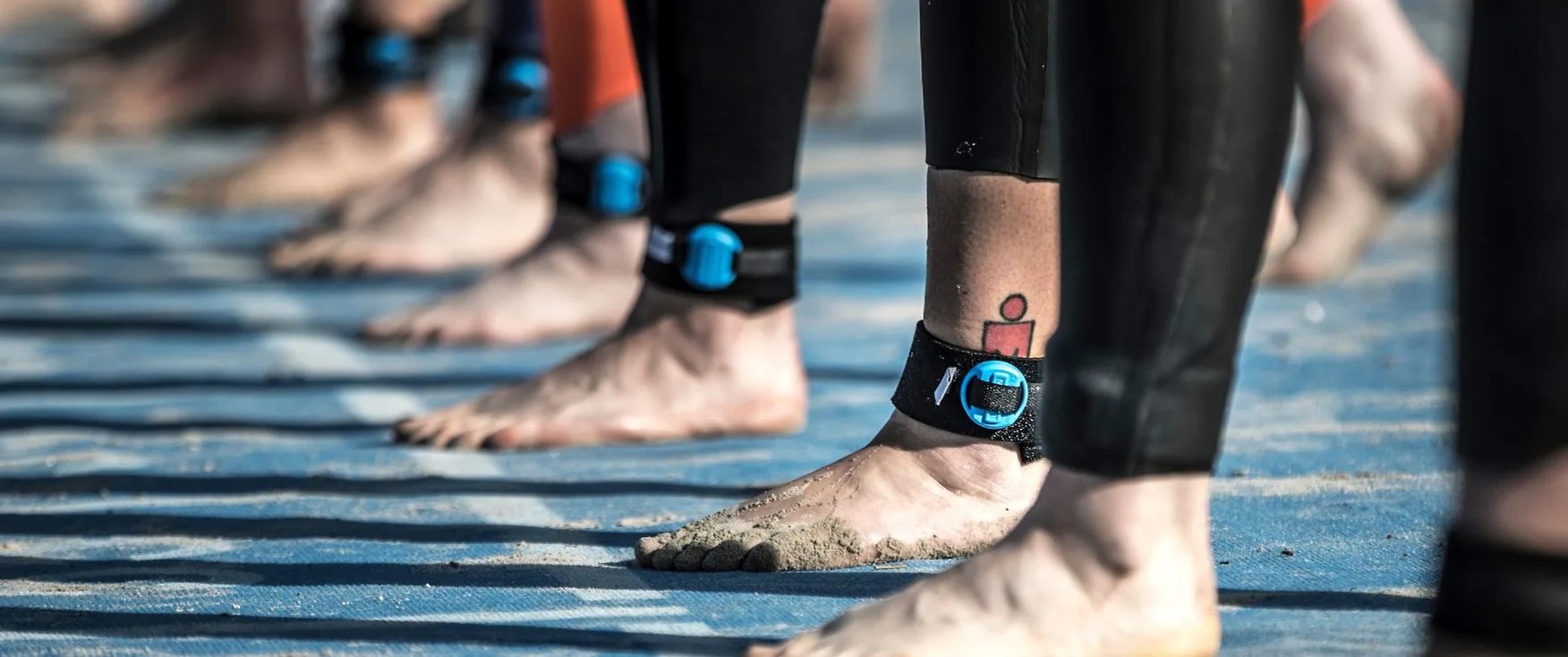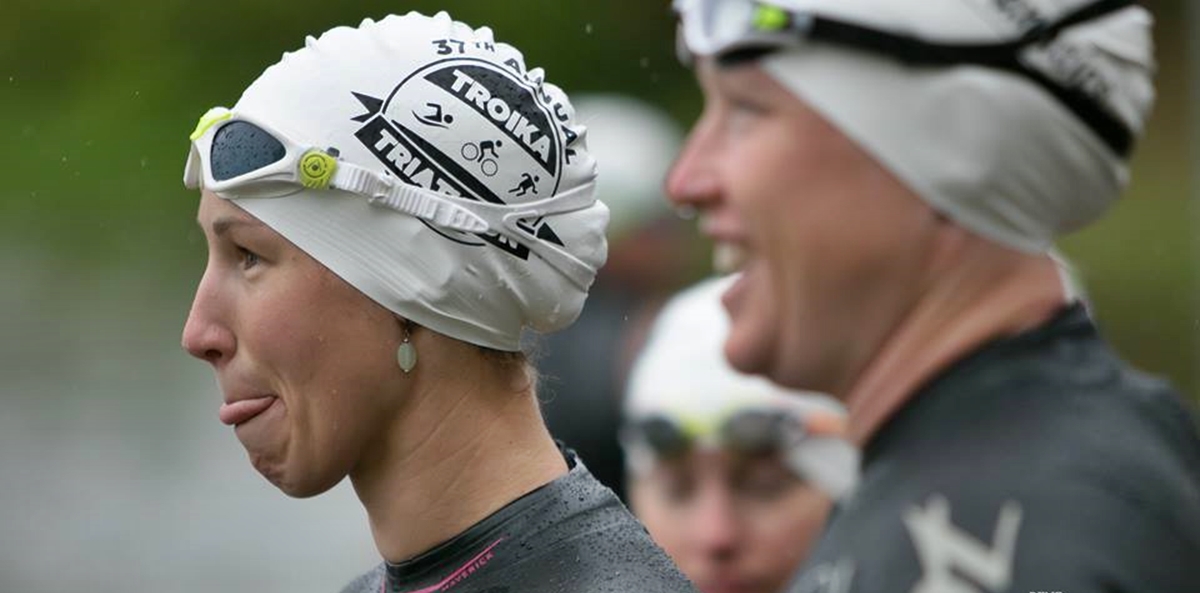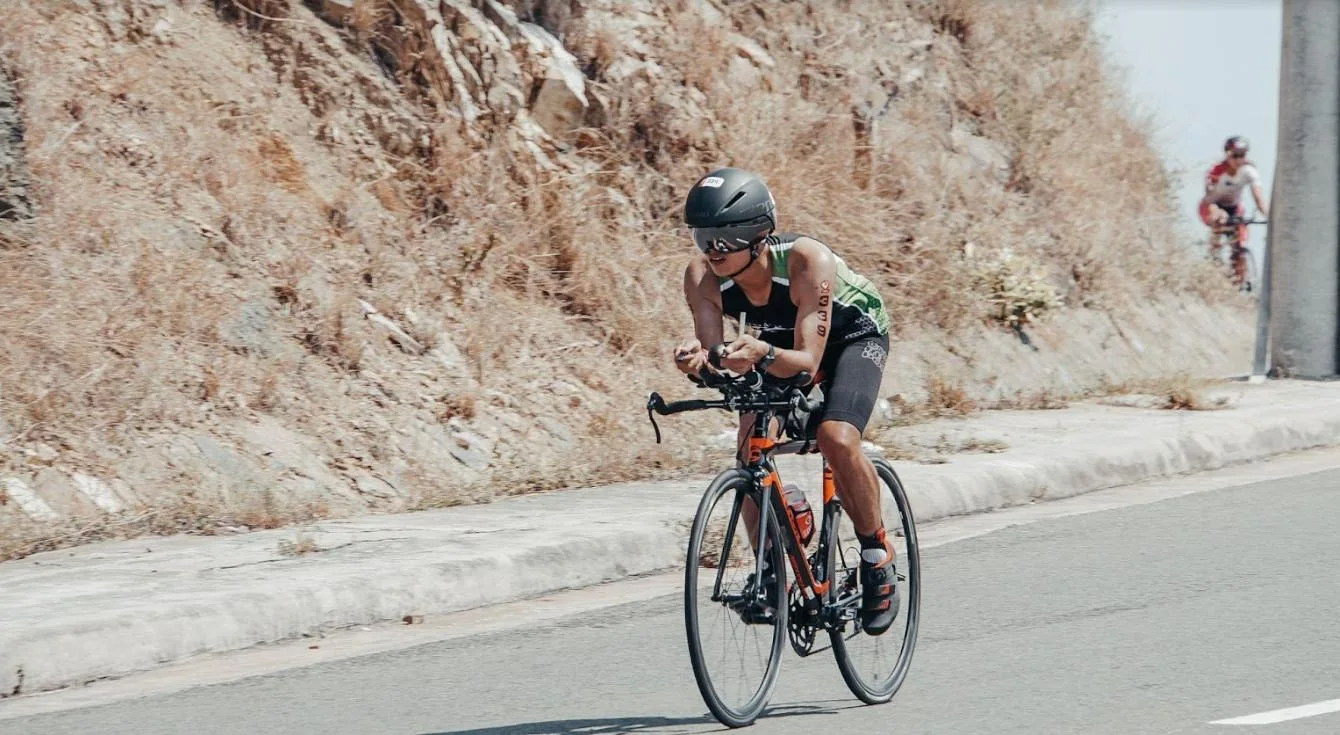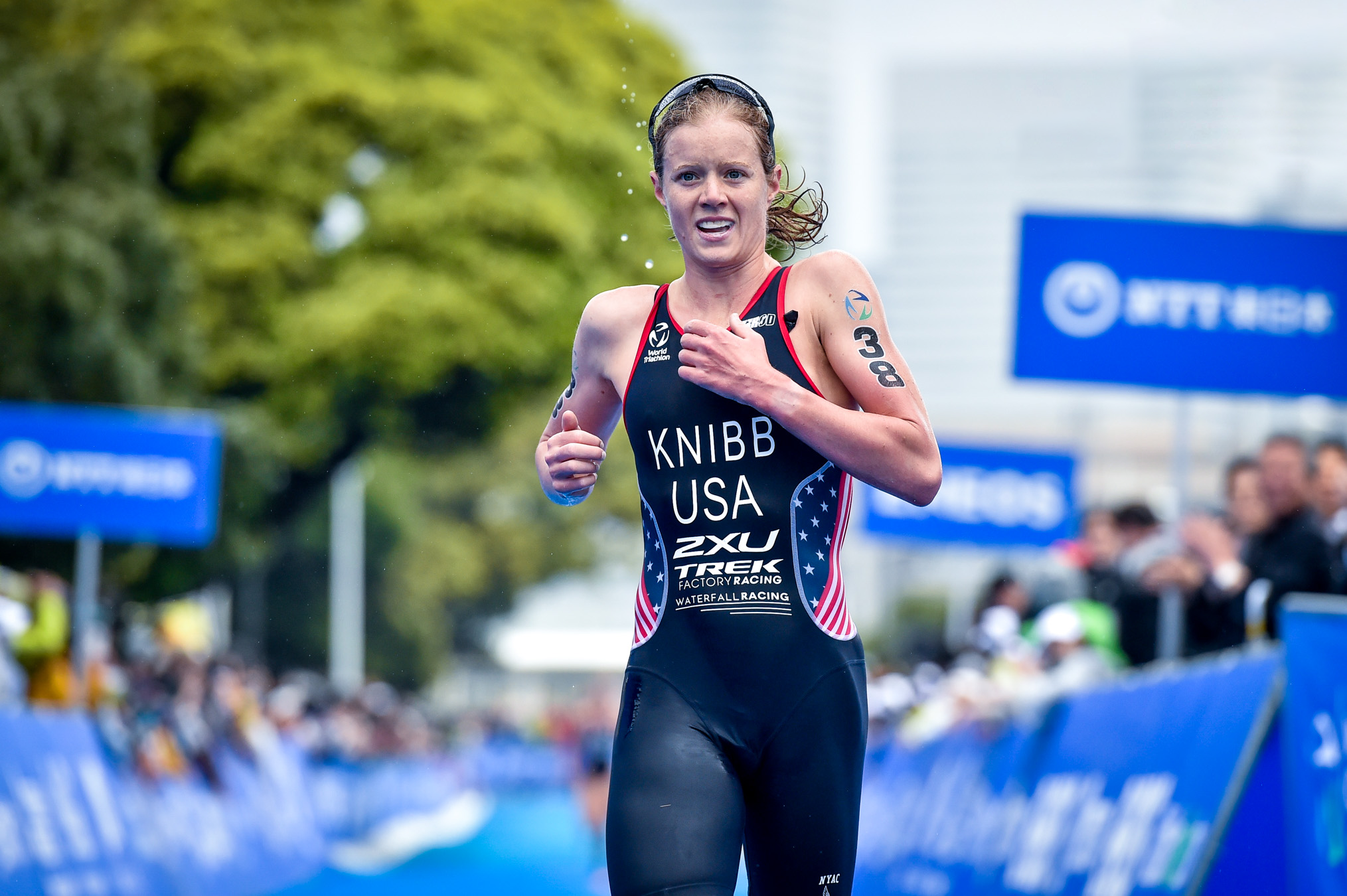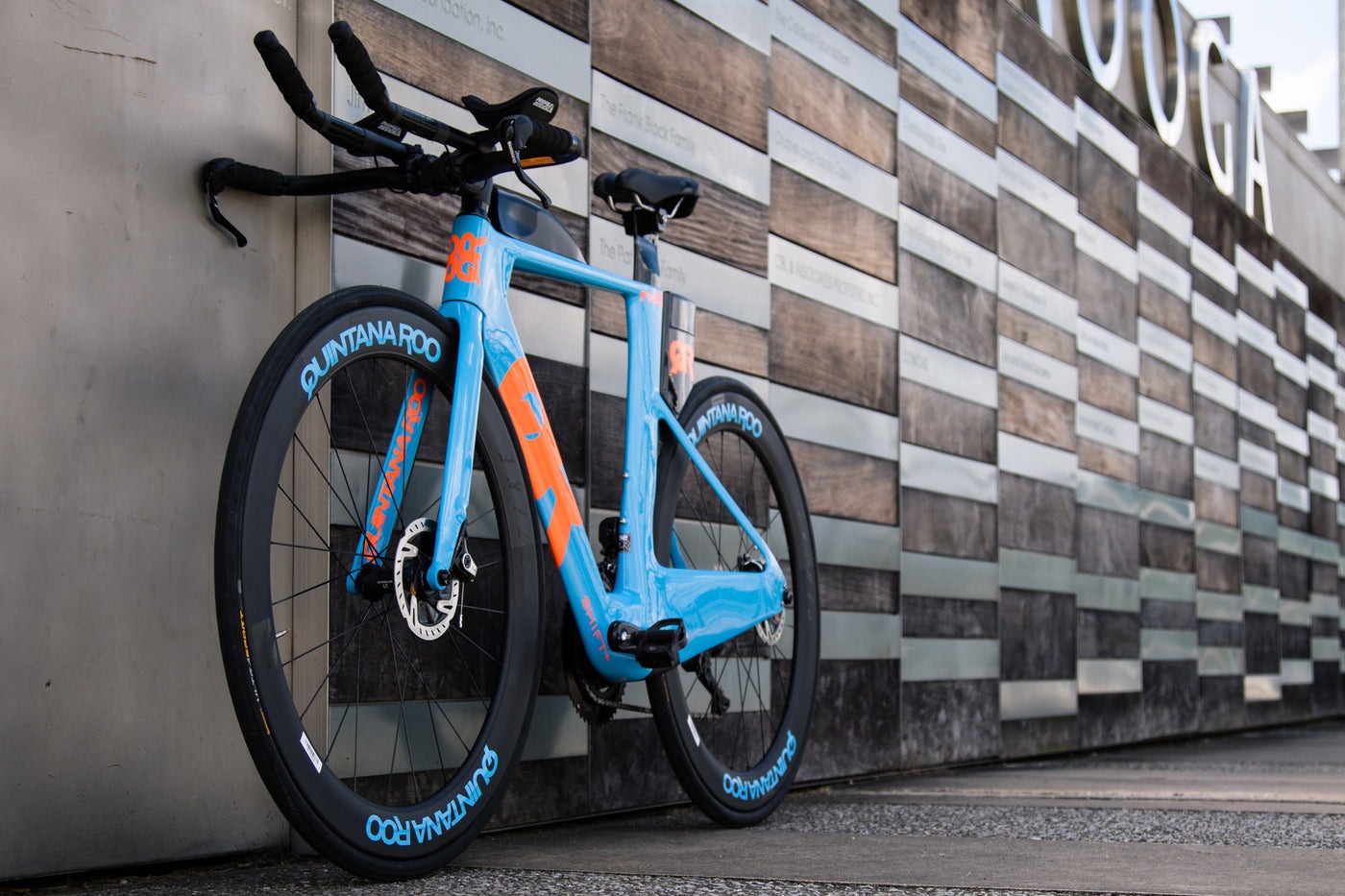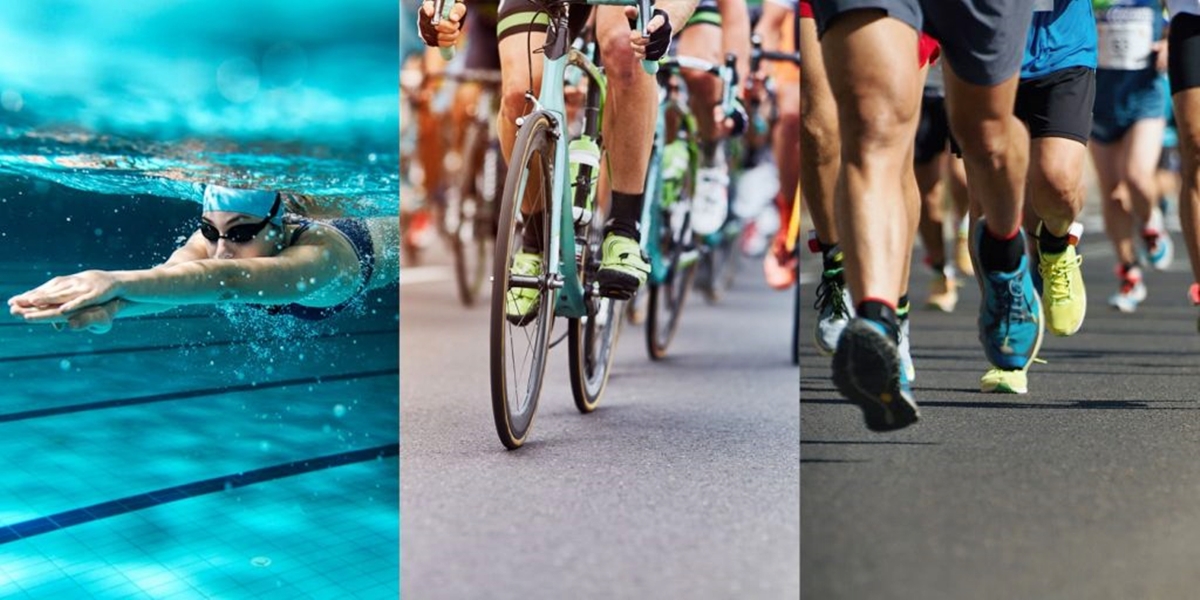Home>Misc>Product Reviews>How Much Does A Triathlon Bike Cost
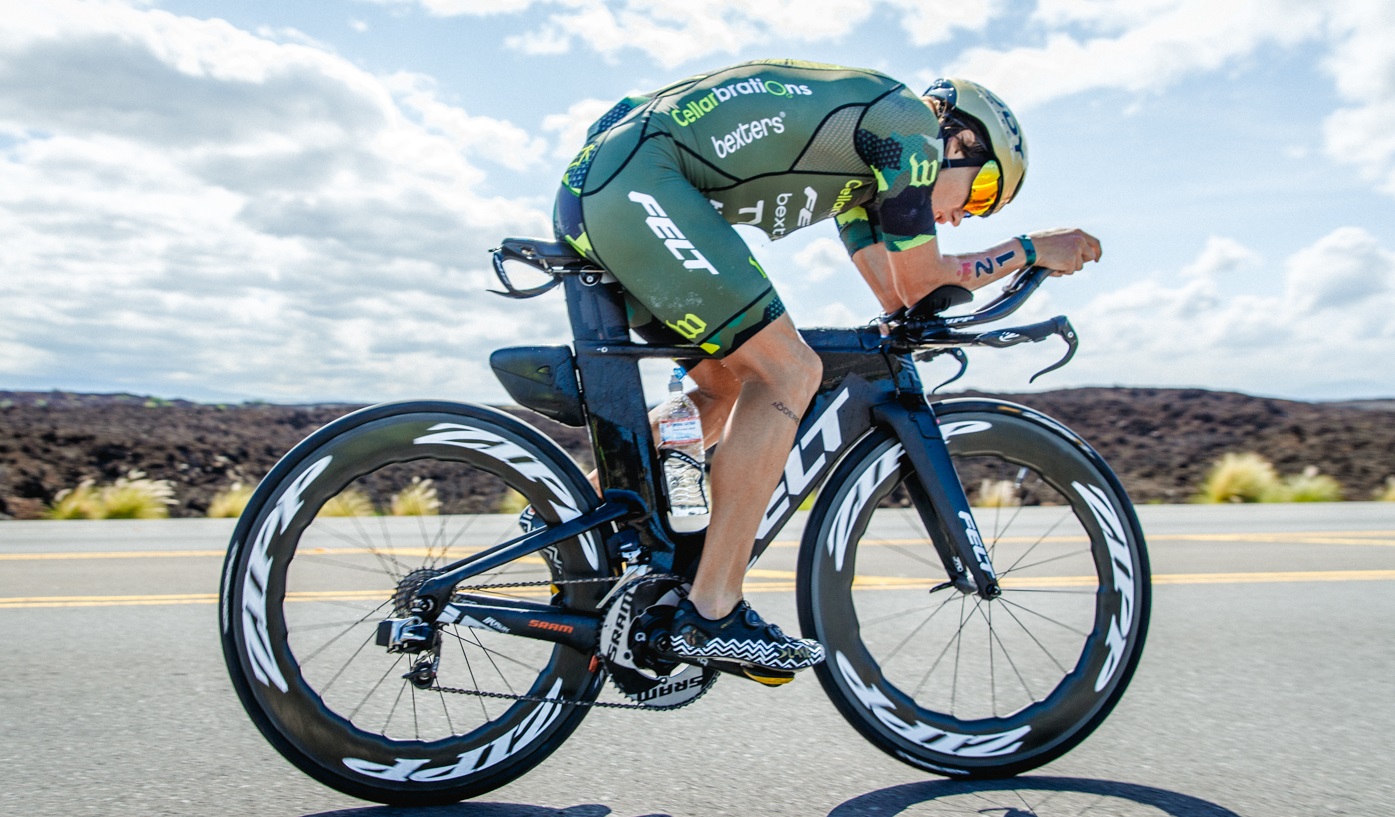

Product Reviews
How Much Does A Triathlon Bike Cost
Published: August 12, 2023
Looking for product reviews on triathlon bikes? Find out how much a triathlon bike typically costs and make an informed decision for your next race.
Introduction
Welcome to the world of triathlon, a sport that combines swimming, cycling, and running. If you’re looking to take your triathlon game to the next level, one critical piece of equipment you’ll need is a triathlon bike. These specialized bicycles are designed to provide speed, aerodynamics, and endurance to help you excel in your races.
However, before diving into the world of triathlon bikes, it’s important to understand that these machines come in various price ranges. The cost of a triathlon bike can vary significantly based on several factors. In this article, we’ll explore the different price categories of triathlon bikes and the features that distinguish them.
Whether you’re a novice triathlete or a seasoned pro, there’s a triathlon bike out there for you. From entry-level options to high-end models and even custom-built bikes, you have a wealth of choices to suit your budget and specific needs.
In the following sections, we’ll delve into the different factors affecting the cost of a triathlon bike, discuss the key features you can expect from entry-level, mid-range, and high-end models, and explore the possibility of creating a custom-built bike tailored to your preferences.
So, if you’re ready to explore the fascinating world of triathlon bikes and find the perfect ride for your upcoming races, let’s get started with understanding the factors that influence the cost of these specialized machines.
Factors Affecting the Cost of a Triathlon Bike
When it comes to triathlon bikes, the price tag can vary significantly depending on several key factors. Understanding these factors will help you make an informed decision and choose a triathlon bike that aligns with your budget and performance goals. Let’s take a closer look at the elements that influence the cost of a triathlon bike:
- Materials: The materials used in constructing the frame and components of a triathlon bike play a significant role in its cost. High-end bikes often feature lightweight carbon fiber frames that provide excellent stiffness and aerodynamics but come with a higher price tag. On the other hand, entry-level bikes may utilize aluminum or steel frames to offer affordability without compromising too much on performance.
- Components: The quality and performance of the components used in a triathlon bike can greatly impact its cost. High-end bikes come equipped with top-of-the-line groupsets from reputable brands like Shimano or SRAM, offering precise gear shifting and optimal power transfer. These bikes also feature advanced braking systems, aerodynamic wheels, and other premium components. In contrast, entry-level bikes may have more basic components that provide adequate performance for beginners but may lack the precision and durability found in higher-end options.
- Aerodynamics: Triathlon bikes are designed to cut through the wind efficiently, and the level of aerodynamic optimization can influence the price. More expensive bikes often feature wind tunnel-tested designs, aerodynamic tubes, and integrated cockpit setups, all aimed at reducing drag and improving overall performance. While entry-level bikes may also have some aerodynamic features, they may not be as advanced or refined.
- Weight: The weight of a triathlon bike can impact its speed and maneuverability. Lighter bikes are generally more expensive and often utilize advanced materials like carbon fiber to reduce weight while maintaining strength and stiffness. However, it’s important to note that weight may not be as crucial for beginner triathletes and those focusing more on comfort and endurance.
- Brand Reputation: Established and well-known brands in the cycling industry tend to command higher prices due to their reputation for quality and performance. These brands invest heavily in research and development, ensuring that their triathlon bikes offer the latest technological advancements. While this can result in higher costs, it also guarantees a certain level of reliability and customer support.
These factors collectively contribute to the overall cost of a triathlon bike. It’s important to consider your own budget, performance requirements, and level of expertise when selecting the perfect bike for your needs. In the next sections, we’ll explore the various price ranges of triathlon bikes, starting with entry-level options.
Entry-Level Triathlon Bikes
If you’re new to the world of triathlon or looking for an affordable option, entry-level triathlon bikes are a great place to start. These bikes offer a balance between performance and price, making them accessible to beginners and those on a tighter budget.
Entry-level triathlon bikes are typically made with aluminum frames, which provide durability and affordability. While not as lightweight as carbon fiber, aluminum frames offer a solid foundation for beginners to get started. These bikes may also incorporate some aerodynamic features, such as aero-shaped tubing, to help reduce drag and improve efficiency.
In terms of components, entry-level triathlon bikes often come equipped with a basic groupset from reputable brands like Shimano or SRAM. These groupsets offer reliable shifting and braking performance without the higher price tag of more advanced options.
Entry-level triathlon bikes usually feature a more relaxed geometry compared to high-end models, prioritizing comfort and stability for longer rides. The saddle and handlebars are designed to provide a comfortable riding position that allows for efficient power transfer and reduces fatigue during a race.
While these bikes may not have all the bells and whistles of their higher-end counterparts, they are still capable of providing a solid foundation for beginners to get started in the sport. Entry-level triathlon bikes are perfect for those who are new to triathlons, on a budget, or simply looking to try out the sport without making a significant investment.
Keep in mind that as you progress and become more serious about triathlon, you may eventually want to upgrade to a more advanced bike. However, entry-level triathlon bikes can still serve as a reliable and affordable option for training, local races, and building your fitness and skills.
Now that we’ve explored the entry-level options, let’s move on to the next price range and discover what mid-range triathlon bikes have to offer.
Mid-Range Triathlon Bikes
If you’ve been participating in triathlons for a while and are ready to level up your equipment, mid-range triathlon bikes offer a step-up in performance and features without breaking the bank.
Mid-range triathlon bikes often feature carbon fiber frames, which provide a lightweight and stiff platform for improved power transfer and aerodynamics. These frames are typically designed with aerodynamic tube shapes and integrated cockpit setups to reduce drag and enhance overall speed.
In terms of components, mid-range triathlon bikes often come equipped with higher-quality groupsets, such as Shimano Ultegra or SRAM Force, which offer smoother and more precise shifting than entry-level options. These bikes may also feature upgraded braking systems, allowing for better control and modulation.
When it comes to aerodynamics, mid-range triathlon bikes take a step closer to the high-end models. They often incorporate features like internal cable routing and integrated storage solutions, streamlining the bike and reducing wind resistance.
Comfort and adjustability are also key considerations in mid-range triathlon bikes. These bikes usually come with adjustable seatposts and aerobars, allowing riders to find their optimal position for both comfort and aerodynamic efficiency.
Overall, mid-range triathlon bikes strike a good balance between performance and affordability. They offer many of the features found in high-end models but at a more attainable price point. For intermediate triathletes looking to improve their race times and take their training to the next level, mid-range triathlon bikes provide a significant upgrade without the premium price tag.
However, it’s important to note that mid-range triathlon bikes may lack some of the cutting-edge technologies and high-end components found in the upper price ranges. Depending on your goals and aspirations as a triathlete, you may consider investing in a higher-end model if you’re aiming for top-tier performance or competing at an elite level.
With that said, let’s move on to the next section where we’ll explore the realm of high-end triathlon bikes and the features they offer.
High-End Triathlon Bikes
If you’re a serious triathlete looking for the pinnacle of performance, high-end triathlon bikes are the epitome of speed, aerodynamics, and cutting-edge technology. Designed for elite athletes and those who prioritize top-tier performance, these bikes leave no stone unturned when it comes to maximizing speed and efficiency.
High-end triathlon bikes feature state-of-the-art carbon fiber frames that are not only incredibly lightweight but also engineered for optimal stiffness and aerodynamics. These frames are fine-tuned in wind tunnels to ensure minimal drag and maximum efficiency, allowing you to slice through the air with precision.
When it comes to components, high-end triathlon bikes are equipped with top-of-the-line groupsets like Shimano Dura-Ace or SRAM Red, which offer effortless and lightning-fast gear changes. Every component is carefully selected to offer the highest level of performance, durability, and reliability.
Aerodynamics is taken to the extreme in high-end triathlon bikes. These bikes incorporate features such as integrated brakes, integrated storage compartments, and specifically designed aerobars to reduce wind resistance and further optimize your speed. Every little detail is meticulously engineered to ensure that you have a true racing machine at your disposal.
Comfort is not compromised even at the high-end range. High-end bikes often come with adjustable seatposts, customizable insulation, and ergonomically designed saddles and handlebars, allowing you to fine-tune your position for both comfort and speed.
Perhaps one of the defining characteristics of high-end triathlon bikes is their attention to detail and customization. Many high-end bike brands offer customization options, allowing you to select the exact specifications, colors, and components to create a bike that perfectly suits your preferences and style.
It’s important to note that high-end triathlon bikes come with a higher price tag due to the advanced materials, cutting-edge design, and premium components used. These bikes are geared towards professional triathletes, serious amateurs, and those who demand nothing but the best from their equipment.
If you’re competing at an elite level or aiming for top-tier performance, a high-end triathlon bike can provide you with the edge you need to achieve your goals. However, for most triathletes, a mid-range or even entry-level bike will more than suffice in terms of performance and affordability.
Now that we’ve explored the high-end options, let’s move on to the next section, where we’ll discover the realm of custom-built triathlon bikes.
Custom Triathlon Bikes
For those who want the ultimate in personalization and performance, custom triathlon bikes offer a unique opportunity to create a bike that is tailored to your specific needs and preferences. These bikes are built from the ground up, allowing you to select every aspect, from the frame geometry to the components and even the paint color.
With a custom triathlon bike, you have the freedom to choose the ideal frame material, whether it’s lightweight carbon fiber or a specific type of steel or titanium that suits your riding style. The frame geometry can be customized to accommodate your body dimensions and riding preferences, ensuring optimal comfort and aerodynamics.
One of the key advantages of custom triathlon bikes is the ability to select the components that best suit your performance goals. You can choose from a wide range of groupsets, wheels, handlebars, saddles, and other components to create a bike that perfectly aligns with your preferences and riding style.
A custom triathlon bike also allows you to incorporate advanced aerodynamic features, such as integrated brakes, hidden cables, and custom-designed aerobars, to further optimize your speed and reduce drag. These bikes are not only built for performance but also for aesthetics, as you have the freedom to select the color scheme and design that reflects your personal style.
While custom triathlon bikes offer unparalleled personalization and performance, it’s important to note that they come at a higher price point. The level of craftsmanship and attention to detail involved in building a custom bike results in a significant investment. However, for serious triathletes who demand the absolute best and have the budget to support it, a custom-built bike can provide a riding experience like no other.
It’s worth considering that custom triathlon bikes are often not readily available for immediate purchase. Building a custom bike takes time, as it involves detailed discussions with experienced bike fitters and manufacturers to ensure every aspect of the bike is tailored to your specifications. Patience may be required, but the end result is a one-of-a-kind machine that perfectly complements your goals and aspirations as a competitive triathlete.
Now that we’ve explored the different price categories and options for triathlon bikes, let’s move on to the final section where we’ll discuss important factors to consider when buying a triathlon bike.
Factors to Consider When Buying a Triathlon Bike
Investing in a triathlon bike is a significant decision, and there are several important factors to consider to ensure you choose the right bike for your needs and goals. Here are some key considerations to keep in mind when buying a triathlon bike:
- Budget: Determine your budget range before starting your search. Triathlon bikes can vary widely in price, so having a clear idea of how much you’re willing to spend will help narrow down your options.
- Experience Level: Consider your experience level in triathlons. Beginners may opt for an entry-level bike to get started, while more experienced triathletes may desire a bike with higher performance and advanced features.
- Fit and Comfort: A proper bike fit is essential for optimal performance and comfort. Ensure that the bike’s geometry and adjustability options can accommodate your body dimensions and riding preferences.
- Intended Use: Assess the type of triathlons you’ll be participating in. Different courses and distances may require specific features, such as aerodynamics for flat courses or climbing ability for hilly routes.
- Components: Pay attention to the quality and performance of the components. Choose a groupset that matches your desired level of performance, and consider features like brakes, wheels, and handlebars to align with your specific needs.
- Aerodynamics: Evaluate the aerodynamic features of the bike. While important for all triathletes, aerodynamics become more critical as you progress and aim for faster race times.
- Weight: Consider the weight of the bike, especially if you’ll be navigating hilly terrains. Lighter bikes can offer better climbing ability and maneuverability, but keep in mind that weight may not be as crucial for all triathletes.
- Brand and Reputation: Research different brands and their reputation in the triathlon world. Established brands often provide reliable quality and customer support, but don’t discount smaller manufacturers that may offer unique features and customizations.
- Test Ride: Whenever possible, test ride a triathlon bike before making a purchase. This allows you to assess its comfort, handling, and overall feel, ensuring that it’s the right fit for you.
- Reviews and Recommendations: Read reviews and seek recommendations from fellow triathletes or experts in the field. Real-world experiences can provide valuable insights into the performance and reliability of different triathlon bikes.
By considering these factors, you can make an informed decision and select the triathlon bike that will best support your training, racing, and overall enjoyment of the sport.
Now that we’ve covered the factors to consider when buying a triathlon bike, you’re equipped with the knowledge to make a confident choice. Whether you opt for an entry-level bike, a mid-range model, a high-end speed machine, or a custom-built dream ride, remember that the most important factor is finding a bike that suits your goals, abilities, and preferences.
Now go out there, conquer the courses, and enjoy the exhilarating experience of triathlon with your new bike!
Conclusion
Choosing the right triathlon bike is an important decision that can greatly impact your performance and enjoyment in the sport. Throughout this article, we have explored the different price categories of triathlon bikes and the factors that influence their cost.
Entry-level triathlon bikes offer an affordable starting point for beginners, providing a solid foundation for training and local races. Mid-range triathlon bikes offer a step-up in performance, features, and aerodynamics, making them suitable for intermediate triathletes looking to improve their race times. High-end triathlon bikes represent the pinnacle of speed, performance, and customization, designed for elite athletes and those who demand the absolute best.
In addition, custom-built triathlon bikes offer unparalleled personalization, allowing you to create a bike perfectly tailored to your preferences and goals. These bikes provide the ultimate in performance and customization, albeit at a higher price point.
When buying a triathlon bike, it’s essential to consider factors such as budget, experience level, fit and comfort, intended use, components, aerodynamics, weight, brand reputation, and personal recommendations. By carefully evaluating these factors, you can make an informed decision and select the bike that will best suit your needs and aspirations as a triathlete.
Ultimately, the perfect triathlon bike is one that aligns with your goals, abilities, and preferences. Whether you’re competing at an elite level, aiming to improve your race times, or simply seeking an enjoyable and comfortable ride, there is a triathlon bike out there for you.
So, embrace the thrill of triathlon, find the bike that will take you to the finish line in style, and enjoy the incredible journey that awaits you in the world of triathlon.
